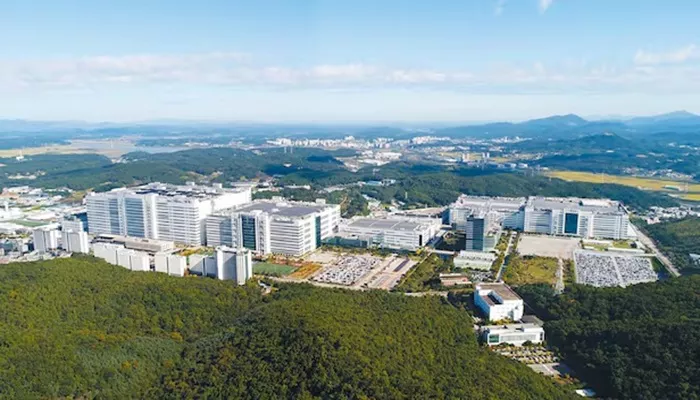LG Display is shifting its focus from LCD to OLED technology by investing about $914 million in new OLED production equipment, the company announced on June 17. The South Korean display maker plans to spend 1.26 trillion won, with 700 billion won going to its manufacturing plant in Paju, Gyeonggi-do, and the rest supporting assembly operations in Vietnam. This is LG Display’s first major investment since 2021.
This move comes after LG Display exited the large LCD market last year by selling its Guangzhou plant to China’s TCL unit, CSOT. The deal, worth 2.25 trillion won ($1.6 billion), allowed LG Display to use over half of the funds to develop OLED technology and strengthen its position in next-generation displays.
The Paju plant, which covers about 1.14 million square meters (roughly the size of 150 soccer fields), currently produces OLED panels in various sizes. The new funds will upgrade its production lines with advanced OLED technologies. These upgrades aim to improve energy efficiency and image quality. The project is expected to finish by June 30, 2027.
LG Display also expects the investment to benefit smaller partner companies through increased collaboration, alongside direct improvements to its equipment.
Industry experts see this as a clear shift from LCD to OLED. OLED screens emit their own light, offering better image quality, thinner designs, and lower power use compared to LCDs. OLED production is more complex but offers higher value. LG Display has focused on OLED since 2013, targeting premium displays. Over the past decade, it has invested in OLED seven times, including a $2.3 billion investment in small and medium OLED production in 2021.
Last year, OLED sales made up a record 55 percent of LG Display’s total revenue. The new investment will strengthen the company’s position in the growing small- and mid-size OLED markets. These markets include smartphones, tablets, laptops, and automotive displays. The upgraded production will create OLED panels with better resolution and energy efficiency.
“We are focusing our investments on premium products to widen the technology gap with competitors,” LG Display said.
This investment reflects South Korea’s efforts to compete with Chinese display makers. While South Korea once led the global LCD market, China now produces more than 60 percent of LCD panels worldwide. South Korea’s share has fallen to just over 10 percent. Due to price competition from China, LG Display and Samsung Display stopped making large LCD panels. No South Korean firms currently produce LCD TV panels, with only monitor and specialty displays still made locally.
China is also expanding in OLED, a field where South Korea had an advantage. Chinese companies like BOE and Visionox are increasing OLED production investments to gain market share. According to market research firm Omdia, South Korea’s share of the global OLED market dropped from 73 percent in 2023 to 66.4 percent last year, while China’s share rose from 25.7 percent to 32.2 percent.
With concerns about technology leaks, South Korean companies are taking legal steps. On June 13, LG Display filed a patent infringement lawsuit against Chinese panel maker Tianma in a U.S. court in Texas.

